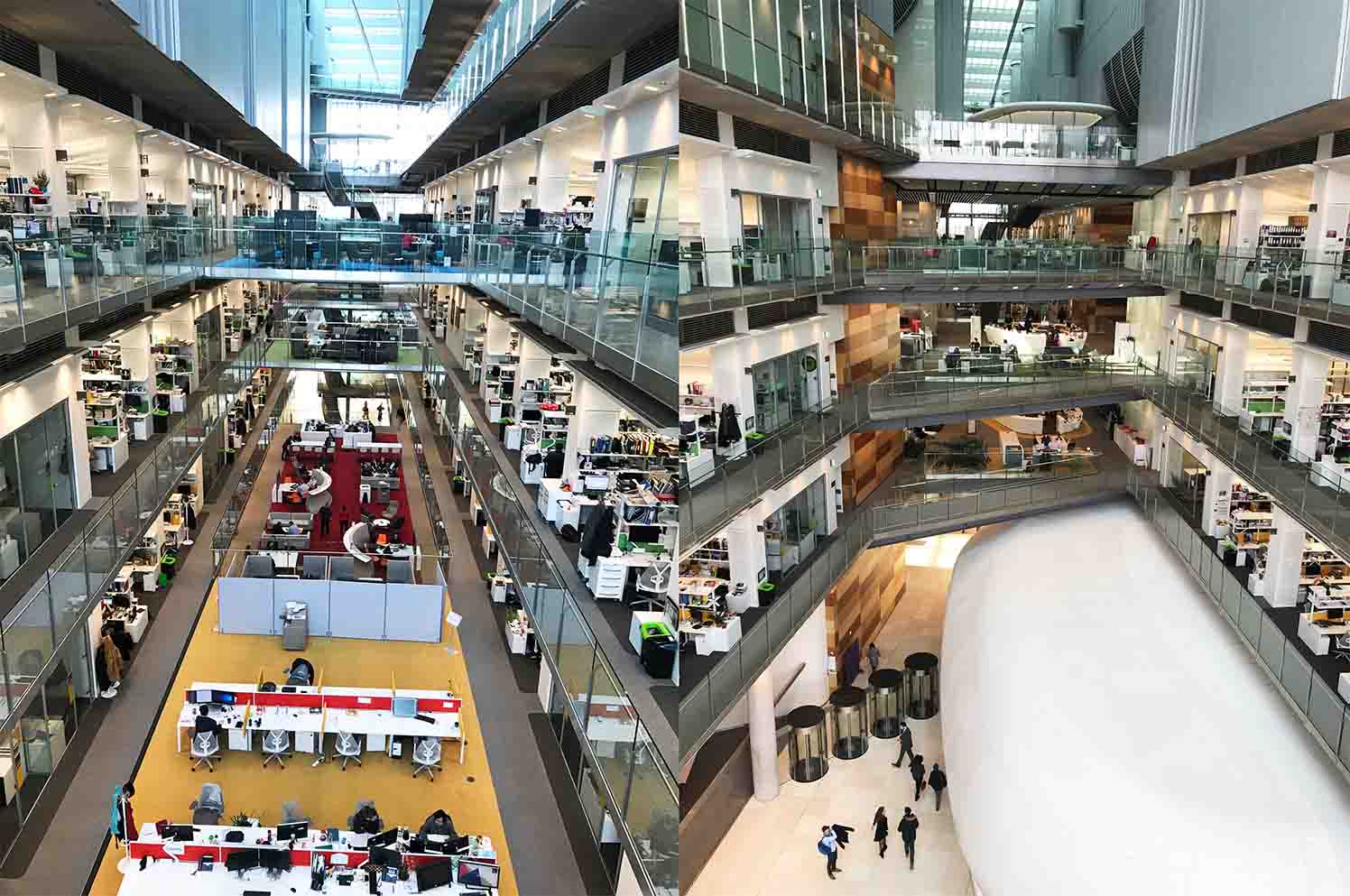London’s Knowledge Clusters
A gloriously crisp January morning saw me donning my very attractive cycling gear and speeding down to Kings Cross to attend a breakfast seminar to unpick the key themes behind the recently published London Knowledge Clusters Research Report. Commissioned by the London Property Alliance and authored by one of the speakers at the seminar, Jack Sallabank of Future Places Studio, the report explores the growing role of life sciences and associated ‘knowledge’ industries in the London economy, focusing on the key opportunities and challenges for London’s real estate industry in these areas.
Fittingly, the seminar was hosted in the Francis Crick Institute, the largest biomedical institute under one roof in Europe, which sits at the heart of the Kings Cross/Euston knowledge hub. As noted in the opening remarks from Nick Carter, the Director of Facilities and Infrastructure, the Crick, which was opened towards the end of 2016, is a building designed with collaboration and innovation in mind. These are key themes which were returned to throughout the session. Here are my five key take-aways from the session:

- What is a knowledge cluster? As Jack Sallabank explained, a knowledge cluster is a geographic location which attracts organisations from the knowledge economy, namely the science, healthcare, technology, education and creative services sectors. The clusters usually form around a key anchor, such as a university, research centre or hospital, which then attract other organisations from the knowledge economy. As the cluster develops, it provides opportunities for collaboration between different talent networks and access to other organisations’ resources, leading to innovation.
- Where are they? Four key cluster areas have been identified in London: Kings Cross/Euston, Whitechapel, White City and Sutton. Whilst the concept can appear to be part of the zeitgeist of today, the original knowledge cluster was actually established in Bloomsbury in the 1800s, focused around the British Museum and the London University (the pre-cursor to UCL). King’s Cross/Euston is the most established of the four, with multiple large players from the knowledge sector based there (the Crick, the Wellcome Trust, the British Library, UCL, Google and soon Facebook, to name a few). White City is an emerging cluster with Imperial College London at its heart. Collaborative plans for a life sciences campus in Whitechapel are being developed by key stakeholders, including QMUL and St Barts NHS Trust. Sutton has been identified by the Institute of Cancer Research and the Royal Marsden as a hub for the future. Whilst the focus of the day was very much on the London knowledge clusters, it was also acknowledged that there is a longstanding and thriving life sciences knowledge cluster in Cambridge.
- Sense of community Engagement is needed between all the stakeholders in a knowledge cluster, from the anchor institutions, which are increasingly taking a more outward-facing approach, to the relevant local authority, which needs to value the institutions and businesses as part of their community. Public engagement is critical, with citizens panels, innovation hubs and other community engagement projects needed to ensure buy-in from local residents.
- Flexibility is key Knowledge clusters need to be developed with future growth in mind. The panel discussed the need for space to be adaptable to allow the bringing together of people from different specialities in order to facilitate collaboration, rather than developing space along the traditional departmental structure lines. However, as the panel discussed, this must be balanced against the need for quiet space to avoid endless over-stimulation! The potential for the evolution of knowledge sector start-ups into larger corporates also needs to be considered in order to avoid corporate expansion meaning the loss of both the business and the intellects behind it to a different knowledge hub.
- The need for speed must be balanced with patience Whilst it was acknowledged that it is a challenge to complete these sort of projects at speed, taking time to reflect will be also rewarded. Design and build teams need to engage with the end users of the developed buildings – balancing what they “want” against what they “need” in order to create space to thrive. Following the seminar I was lucky enough to be given a personalised tour (“it’s not what you know… it’s having your elder sister work there” being the appropriate proverb for that perk) of the Crick: showcasing knowledge, collaboration and innovation in action.
Miri is a knowledge development lawyer in our Commercial Real Estate team.
